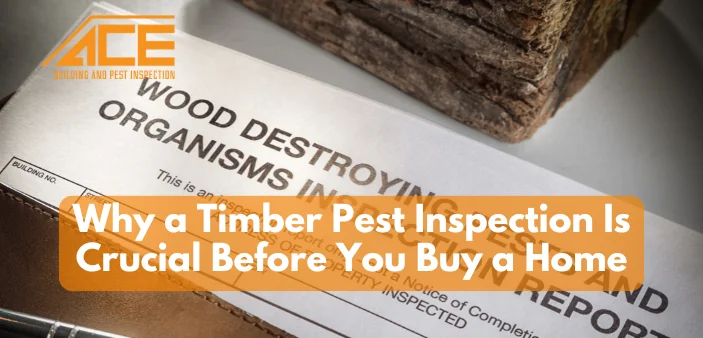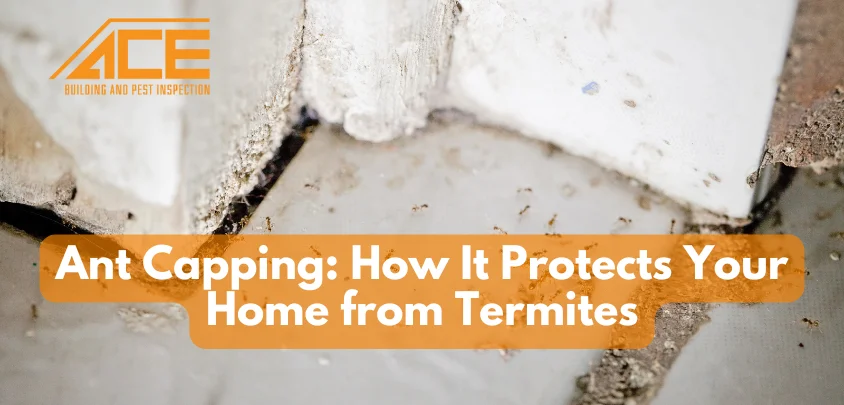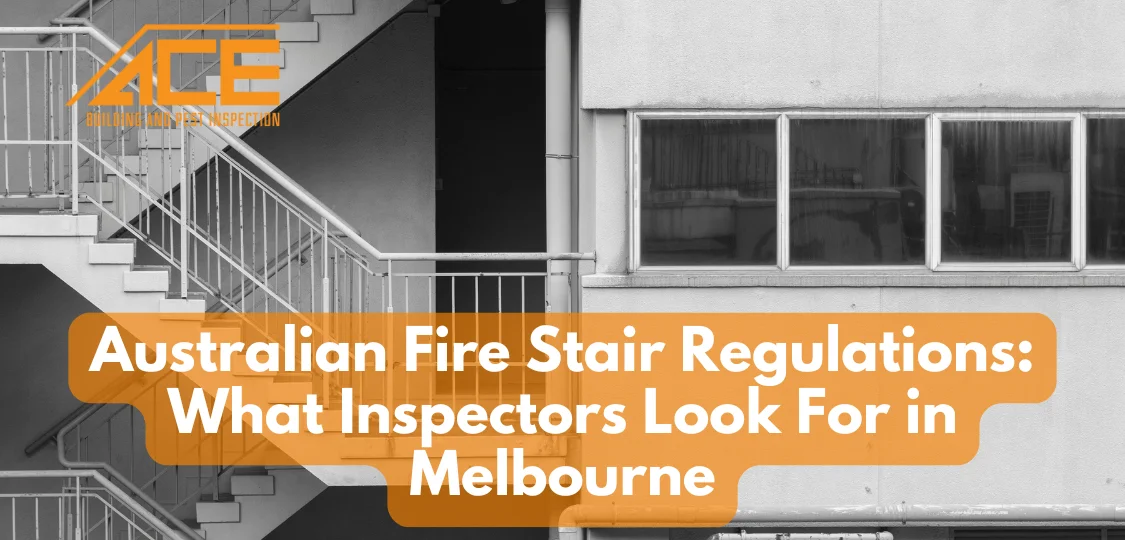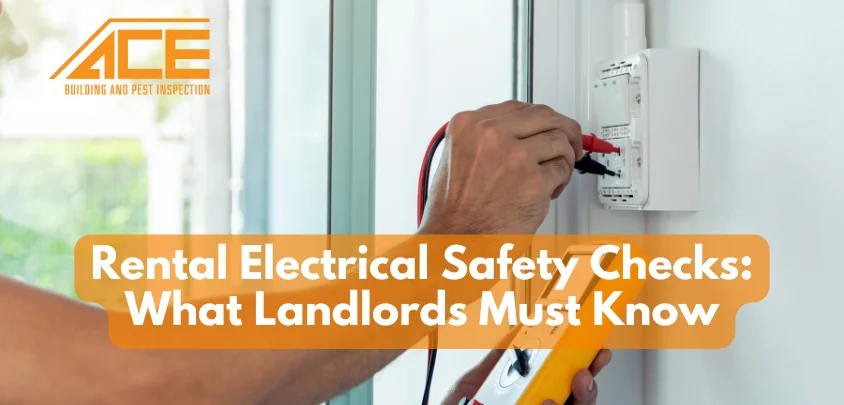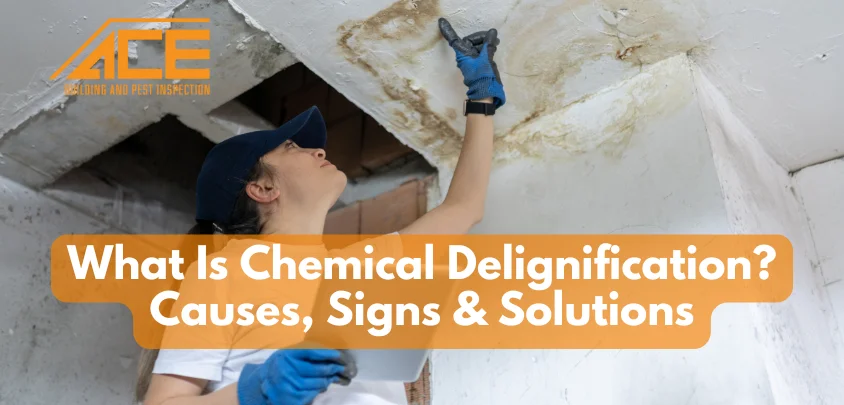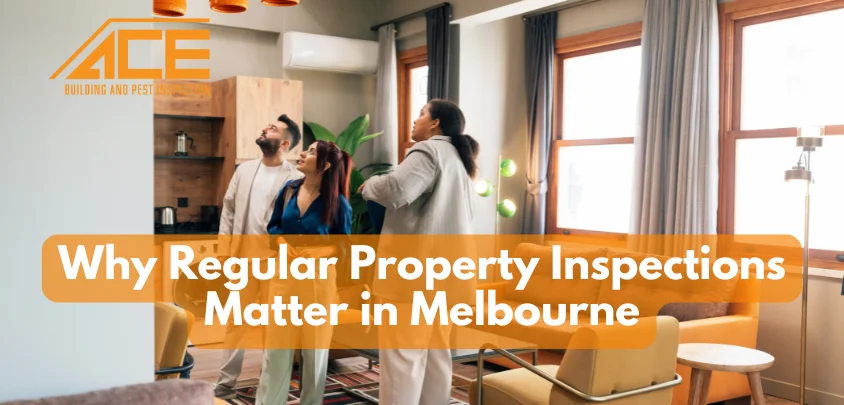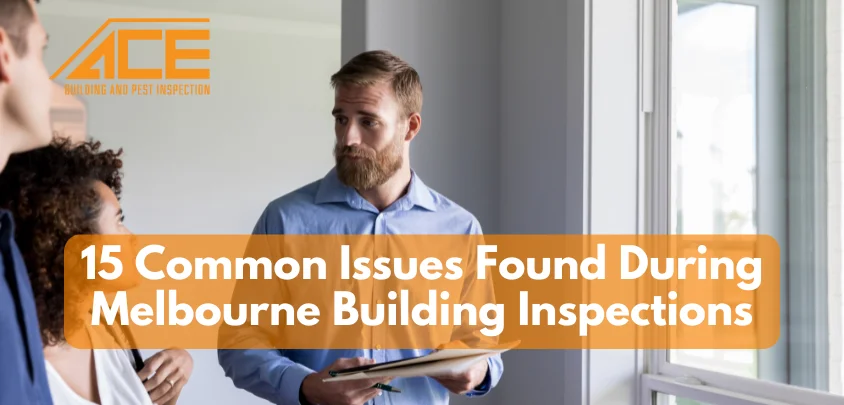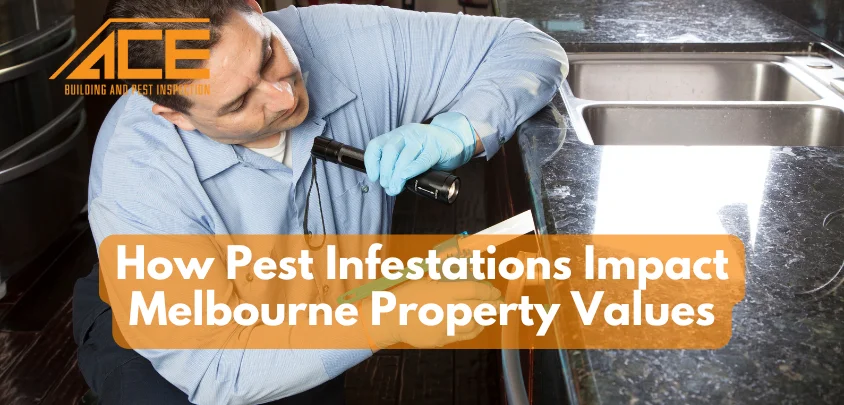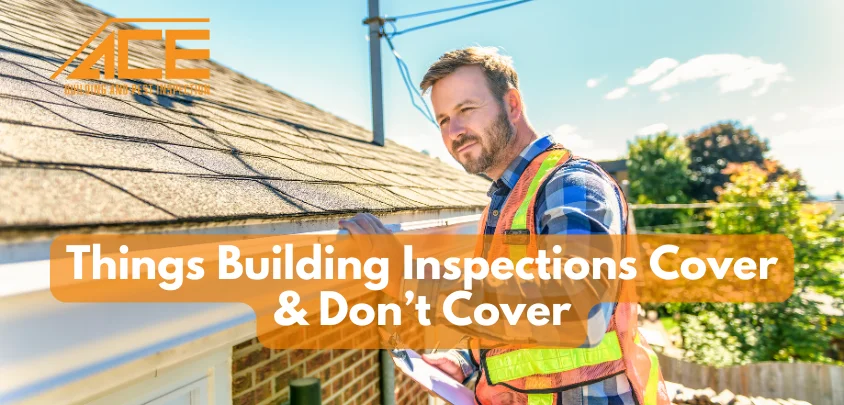Table of Content
In this article, we’ll break down exactly why a timber pest inspection is a must. What it includes, the kind of pests you need to watch out for, and what it might cost you if you ignore it.
Buying a house is a massive move – it’s not just about finding your dream place, it’s about making sure you’re not buying someone else’s hidden problems. While most buyers go for a building inspection, many forget about one major detail: a timber pest inspection. And in a place like Melbourne, where older homes are common and the climate can attract all sorts of creepy crawlies, skipping it can cost you big time.
Let’s have a proper look at why this inspection is so important and how it could save you thousands in the long run.
What Is a Timber Pest Inspection?
A timber pest inspection is a thorough check of a property to look for any signs of damage or infestation caused by pests that attack timber, mainly termites, borers, and fungal decay. It’s done by licensed pest inspectors who know what to look for, even if the signs are subtle.
The inspection includes:
- Checking all accessible areas – inside, outside, roof voids, subfloors, fences, outbuildings, and landscaping.
- Looking for past or current infestations.
- Assessing the risk of future attacks.
- Identifying conditions that could attract pests (like moisture or wood-to-ground contact).
- Providing a detailed written report with photos and recommendations.
Common Timber Pests in Melbourne Homes
Melbourne might not seem like termite central, but the truth is, termites don’t care about postcodes; if there’s timber and moisture, they’ll show up.
Here are the usual suspects:
1. Termites (White Ants)
These are by far the most destructive. Termites feed on cellulose in wood and can cause serious structural damage before you even know they’re there. They work silently and out of sight – by the time you notice them, it might already be too late.
2. Wood Borers
These little critters lay eggs inside timber, and when the larvae hatch, they tunnel through the wood, weakening it over time. They’re more common in older homes with untreated or antique timber.
3. Fungal Decay
Caused by excess moisture, fungal decay (or wood rot) weakens the timber and makes it easier for pests to attack. It’s not technically an “insect,” but it’s often lumped in with timber pest inspections.
Why It’s Crucial Before Buying
Here’s the thing – timber pest damage can be sneaky. It’s not always obvious to the untrained eye, and it’s definitely not something you want to discover after settlement. Here’s why it’s a must:
1. It Can Save You Thousands
Fixing termite or borer damage can cost tens of thousands. A simple inspection, which only costs a couple of hundred bucks, could help you avoid a nightmare repair bill.
2. Peace of Mind
Buying a home is stressful enough. Knowing there are no unwanted guests chewing through your walls makes it that little bit easier to sleep at night.
3. Negotiating Power
If the inspection does find pests or damage, you can use it to renegotiate the price or ask the seller to fix the problem before settlement.
4. Insurance Doesn’t Cover It
Most home insurance policies don’t cover termite or pest damage. That means you’ll be out of pocket if things go wrong – unless you’ve done your due diligence beforehand.
What Happens During the Inspection?
The inspector will go through every accessible part of the property, including:
- Roof cavities
- Subfloors
- Internal and external walls
- Garden structures and trees
- Garages and sheds
- Fences
They use tools like moisture meters, thermal imaging, and sounding devices to detect pests hiding in timber. After the inspection, you’ll get a comprehensive report that outlines:
- Evidence of pest activity (past or present)
- Timber damage
- Areas at risk
- Prevention tips
- Any recommended treatments or follow-ups
What Does It Cost in Melbourne?
In Melbourne, the average cost of a pest inspection ranges from $250 to $450, depending on the size and type of property.
Here’s a rough guide:
- Small units or apartments: $250–$300
- Average suburban homes: $300–$400
- Larger or multi-storey homes: $400–$450+
Some inspectors offer combined building and pest inspections for around $500–$700, which can be a great way to save money while covering all your bases.
It’s a small price to pay when you consider what a pest infestation could cost you down the track – structural repairs, pest treatments, and even rebuilding parts of your home.
What If You Skip It?
Let’s not sugarcoat it – skipping a timber pest inspection is a gamble.
You might get lucky… or you might move into a home that’s already got half its floorboards chewed through. And once that damage is yours, so are the repair costs. Pest-related repairs are rarely minor, especially if structural timber is affected. Replacing walls, floors, or ceiling joists could easily run into the tens of thousands.
There’s also the emotional stress. Finding out your “dream home” has a termite problem right after you’ve moved in is enough to make anyone lose sleep.
When Should You Get One?
Ideally, before you finalise your purchase, usually during the cooling-off period or pre-purchase stage. That way, if any red flags pop up, you can make an informed decision or pull out of the deal if needed.
Don’t wait until after you’ve signed the contract and handed over the cash. By then, it’s too late to back out without penalties.
Final Thoughts
A timber pest inspection might seem like just another cost on the long list of expenses when buying a house, but it’s one of the most important ones. In Melbourne, where timber homes are common and pests are an ever-present risk, it’s a step that simply shouldn’t be skipped.
For the cost of a nice dinner out, you could be saving yourself from a $20,000 repair bill. That’s just smart buying.
So if you’re in the market for a home, especially in Melbourne, make sure a timber pest inspection is on your checklist. Your future self (and your bank account) will thank you.
More Resources:
